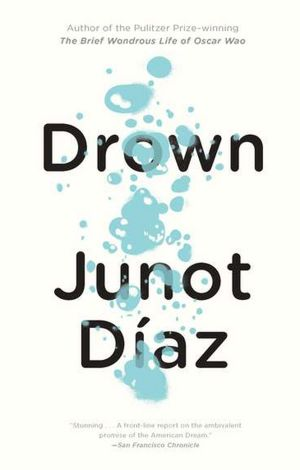I was born in India, came to Los Angeles, California when I was two years old, and wore dresses until I was three. My father was a medical student with little money; my mother, young and naïve, knit with her mother clothing befit a beautiful young girl. They had a boy. We were too poor to change course, and so before my father started his first savings account, I wore what was available: pink frocks and white socks with ankle frills.
From a young age I started reading. I wasn’t very fast or particularly critical. But I did use my imagination. I involved myself in the plot, carrying the torch or sword alongside the hero; sometimes I dreamt of defeating without trouble the three-headed beast.
As I grew, my tastes evolved, and I no longer turned to fantasy or mystery novels for pleasure. Literary time became more interesting to me than narrative realism. The writers who chose to observe a single thread in a sweater that passed them by always held my attention.
And yet.
The imagination that carried me through childhood never left. I again involved myself in the stories. I shuttled between the insecurities, the vulnerabilities, and the grand philosophical thrust; my perspective on love or hate mirrored what the writer conveyed.
And then, like all minorities reading great works in the modern western tradition, I came to see the other side. The minor characters, ones with black ringlets and sandpaper skin, who wear turbans, and have bangles around their wrists. They are often ugly, have unrefined mannerisms, and speak in a simple yet manic tongue. Shell people, there for comic relief or as objects of sympathy. They may love but only in a clipped way; their hatred is soulless—like animals, they seethe and pant and dance without reason or reservation. But most jarringly, they looked just like me.
Some of my favorite writers write like this. Andre Gide and T.C. Boyle, writers I love, have caricatured people of color in their fiction. Chinua Achebe famously criticized Joseph Conrad’s use of the primitive in his classic, The Heart of Darkness. And this is not limited to men. There is a long tradition of limited subjectivity and representation of women portrayed in literature. Decorative pieces that support the main attraction.
Like all people, writers are products of history. Their perspectives are shaped by the conditions under which they live. And so while I readily accept T.C. Boyle as a brilliant stylist, I also need writers like Junot Diaz or Toni Morrison, both of whom legitimize and authenticate a separate experience; one unfamiliar to the grand white European and now American tradition.
For what they provide is a full-bodied exploration into the lives and feelings of people who, as is human nature, demand a voice. And with Junot Diaz, that voice is the product of hybrid associations, of living in between two cultures, of being in a state of anxiety and perpetual otherness, of the dangers of poverty, alienation, racism, and the complexity thereof. Caricature in this case is a surface study, and exposes nothing.
Drown, Diaz’s first book, is a collection of short stories centered on the character Yunior. He is of Latino and African descent and the stories are set in the Dominican Republic, New York, and New Jersey. The collection explores masculine identity, the immigrant experience, poverty and collective struggle, and growing up. They are not ordered chronologically but as episodes, vignettes, of Yunior’s life. And it is this young man’s life that has informed Diaz’s fiction since. His Pulitzer Prize winning novel, The Brief, Wondrous Life of Oscar Wao, also follows Yunior, albeit as an adult.
The book subtly maps the struggle of integration, its particularities and resonances, its history of defeat and overcoming, and does so in the manner exemplified by Diaz’s literary forbearers: Casing the universal themes that find home in all our lives, regardless of where we came from.





